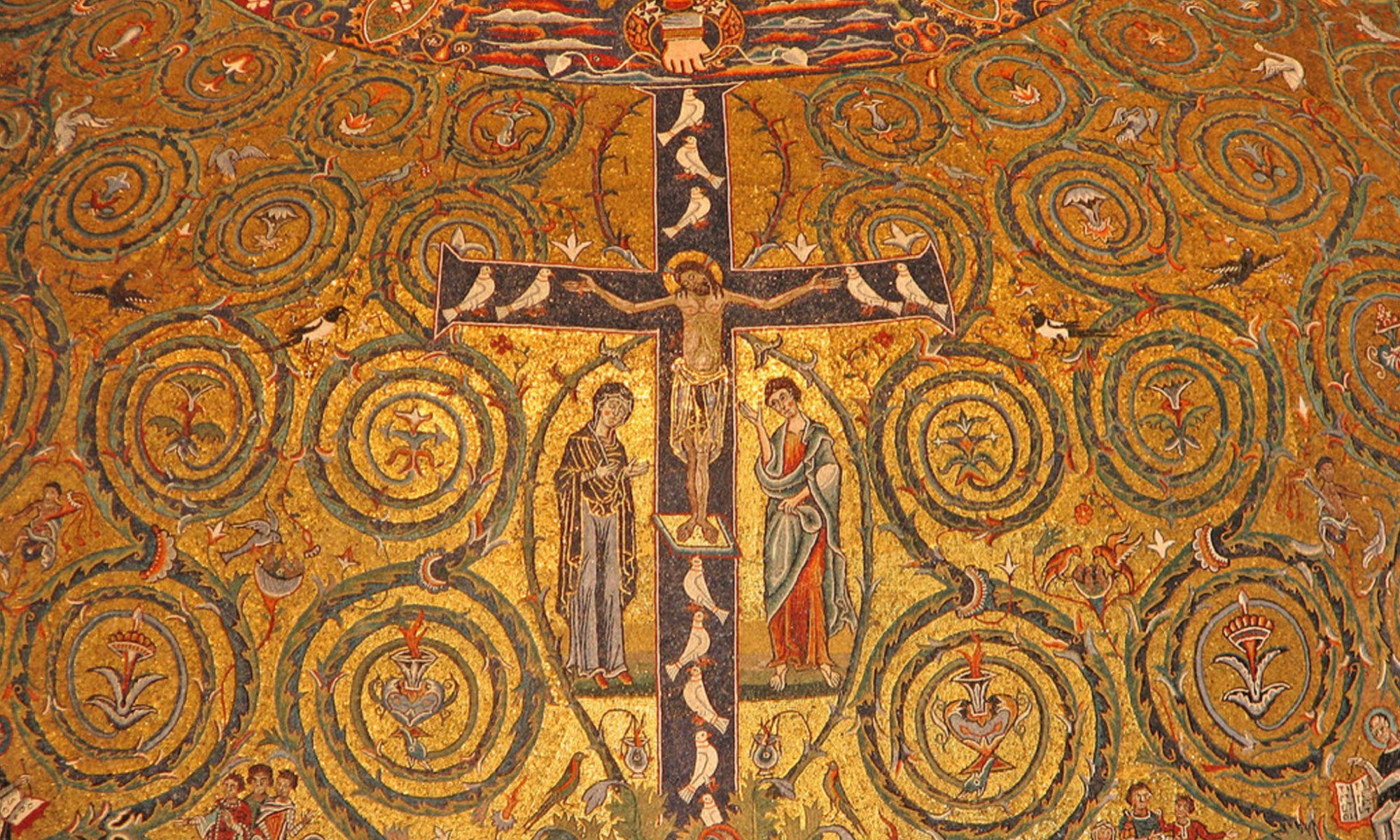We begin another Lent. Once more we enter the desert, joining Jesus as he prays and fasts for 40 days. Jesus is the new Adam who overturns the disobedience of our first parents by conquering victoriously over the temptations of the devil. Christ is now our head; we are members of his Body. We can now share in his victory, freely participating in our own small way.
Jesus urges us to let our “yes” mean “yes” and our “no” mean “no” (Matthew 5:37). And he shows us how. He conquers Satan decisively. There is no wavering in his “yes!” to his Father’s will, nor in his “no!” to Satan’s whisperings.
The human story is often otherwise. Remember Eve in the garden. Rather than a firm “no!” she dialogues with the devil. Little by little, he twists the truth and lures her into disobedience. Adam, meanwhile, does not even put up resistance! He cowers away from the confrontation with evil.
We are true children of Adam and Eve. If we do not swiftly call upon Jesus and fight temptation, it only increases. We’ve all seen the “devil on the shoulder” shtick. The poor angel on the opposite shoulder never seems to have a chance. That is why it is so important not to waver in our “no!” The devil has no power over human freedom authentically exercised. If we firmly resist, he will flee (James 4:7). Joining with Jesus, we rediscover the powerful depths of our human freedom.
In manifold ways we struggle to say “no!” with full freedom – “no” to the food we do not need, “no” to the snooze button, “no” to spending money we don’t have, “no” to letting our eyes and our heart wander in lust, or “no” to gossip and fault-finding.
If you’re like me, you have been waging some of those wars for years with seemingly no progress. Like the apostle Paul, the good that I desire I do not do, and the evil that I hate I do (Romans 7:19).
Praise God, I’ve had some breakthroughs in recent years. Some battles that once felt impossible have become manageable and even winnable – with the assistance of God and others. As I continue my journey down the path of conversion, I am discovering that “yes” and “no” extend far deeper than the mere moment of temptation.
I have found quite helpful the book entitled Boundaries (by Henry Cloud and John Townsend). They explore this theme of “yes” and “no” at many levels. For example, it was eye-opening for me to see how easy it is to feel responsible for other people’s burdens, other people’s reactions, and other people’s emotions. It’s challenging enough to be responsible for my own! I don’t need to add a weight that is not mine to carry.
In theory, we are totally free to say “no” gently and firmly, without becoming apologetic or defensive, without battling through guilt. Sometimes we feel guilty when we are doing the right thing! We often need others to remind us and encourage us to hold firm and be truly free in our “no.” Without fraternal support, we can easily become susceptible to blaming and shaming. Whether in words (How could you…?) or in glowering glances of disapproval, the disappointment of others can feel utterly impossible to bear. In our instinct to survive, our brain tells us that we need to do something about these negative reactions, or else…or else what? The truth tells us otherwise. We are free to say “no.”
The Lord has also convicted me about my lack of freedom in saying “yes!” Like many of you, sometimes my “yes” was more about avoiding false guilt and shame – rather than fulfilling a deep desire for goodness and justice. Then enters the resentment or bitterness or anger at being manipulated, the moments of feeling trapped or overwhelmed, the pity parties – all the fun stuff.
In contrast to our stunted and stumbling assent, the “yes!” of Jesus is free and wholehearted. He boldly declares, “No one takes my life from me; I lay it down freely” (John 10:18). There is no “I have to…,” no avoidance of conflict, no people pleasing. He freely says “yes!” and freely says “no!” He does so in human flesh and with a human will. He thereby opens up the possibility of our doing the same.
Lent is a time to enter the desert with Jesus, where he helps us to engage the age-old disciplines of fasting, almsgiving, and prayer.
Effective fasting can come in many forms: giving up drinking, talking less, eating simpler foods, cutting out social media, etc. Jesus tells us we must deny ourselves, take up our cross, and follow him. Self-denial is a wonderful way to exercise our “no” muscles. If we learn to say “no” freely and habitually in smaller matters, we can learn to do it in the more challenging and complex situations that I have been describing.
Almsgiving can also take on many forms. It includes works of mercy such as visiting the sick or imprisoned, working in a food pantry, doing chores for an elderly neighbor, volunteering in our parish, etc. If done well, these works of charity help us exercise our “yes” muscles freely and wholeheartedly in love.
Prayer, when authentically pursued, builds us up in communion. In healthy relationship with God and with each other, the old lies of our heart can be cast out. The truth of Jesus can set us free. God’s grace is a gift from on high to be received, not by isolated individuals, but by members of one body. That is the beauty of Lent. Individuals engage in penance, yes, but overall we do so together as one Body of Christ, as one faith community. By sharing in his desert vigil and by sharing in his passion and death, we also come to share in the glorious freedom of his resurrection.






